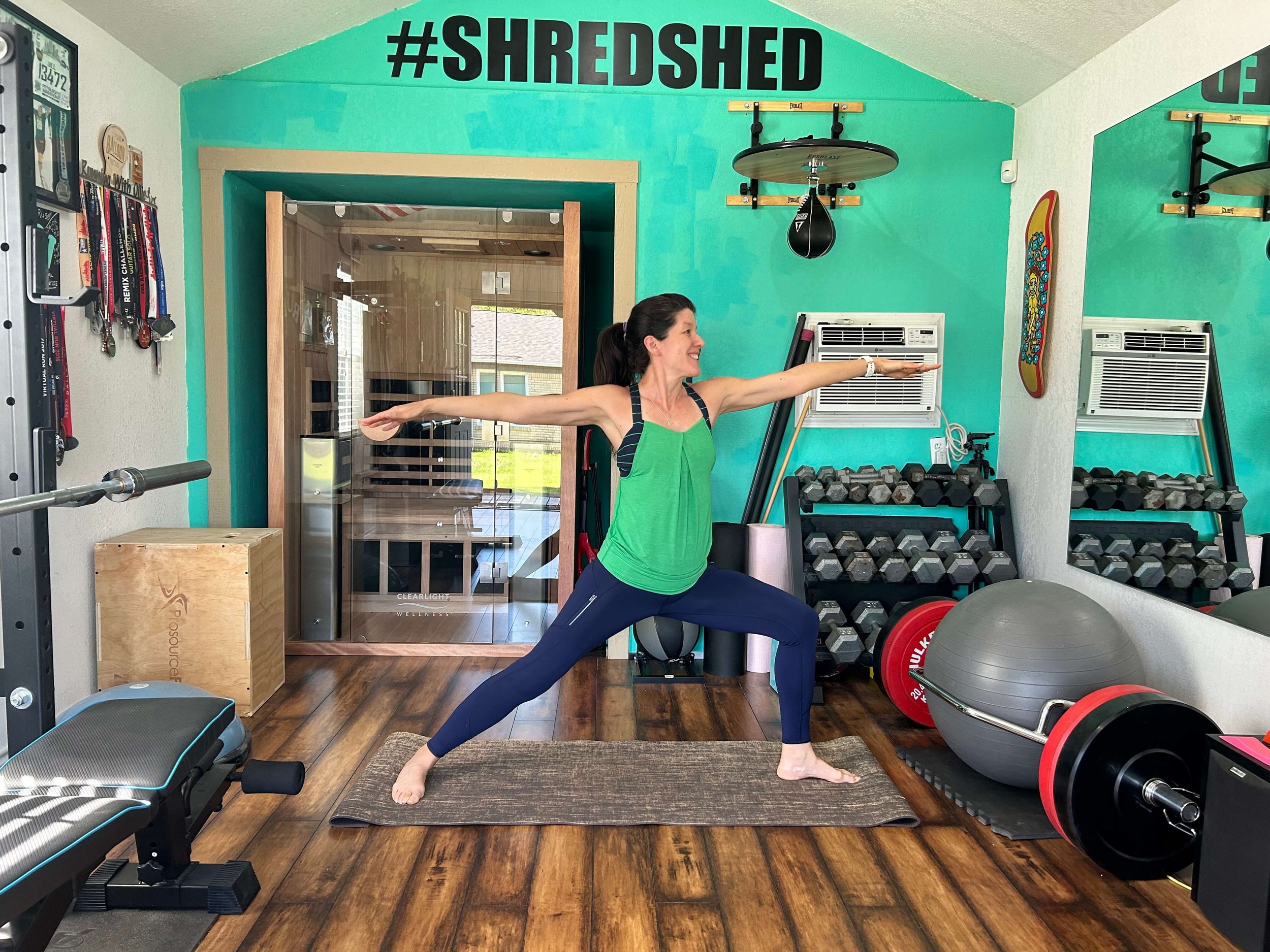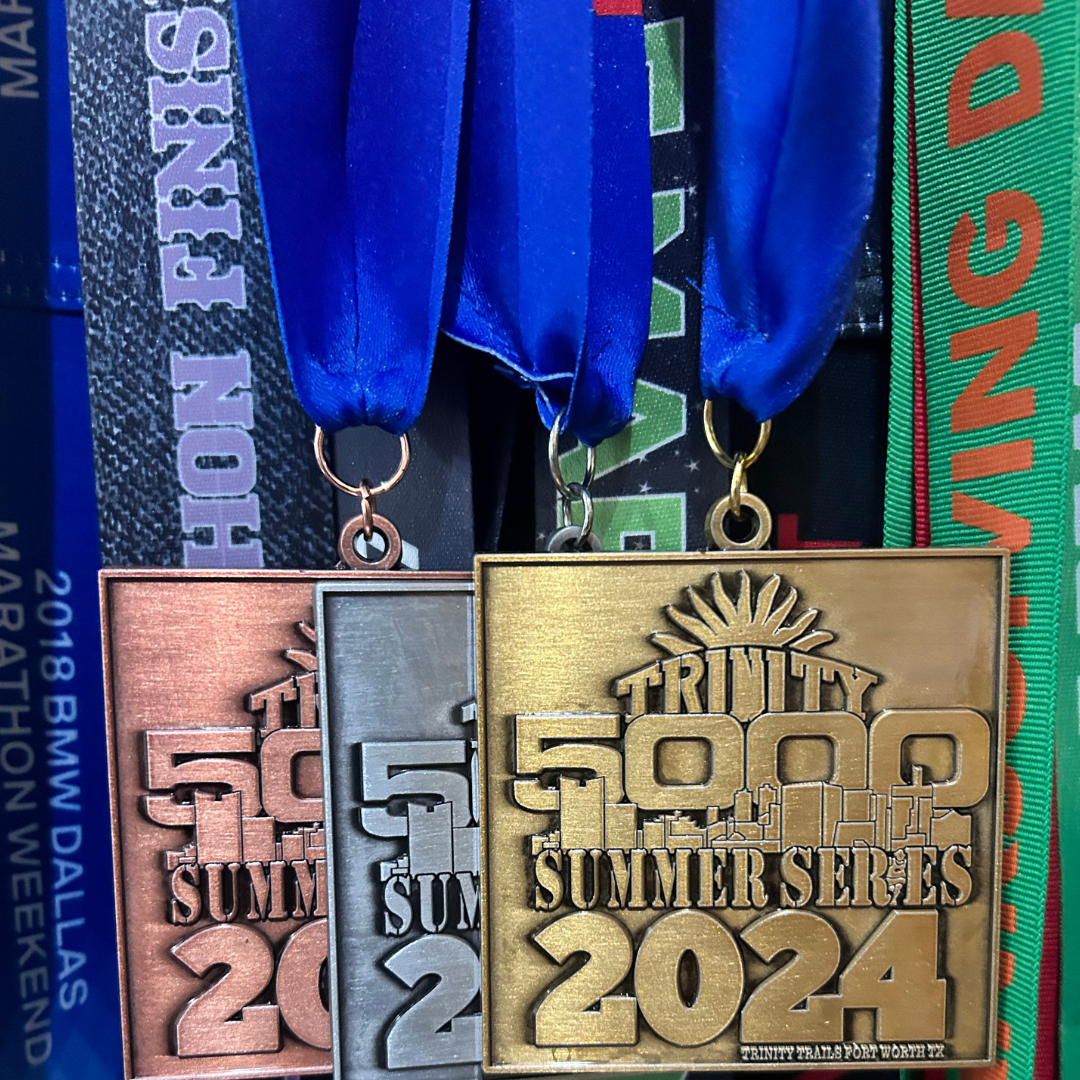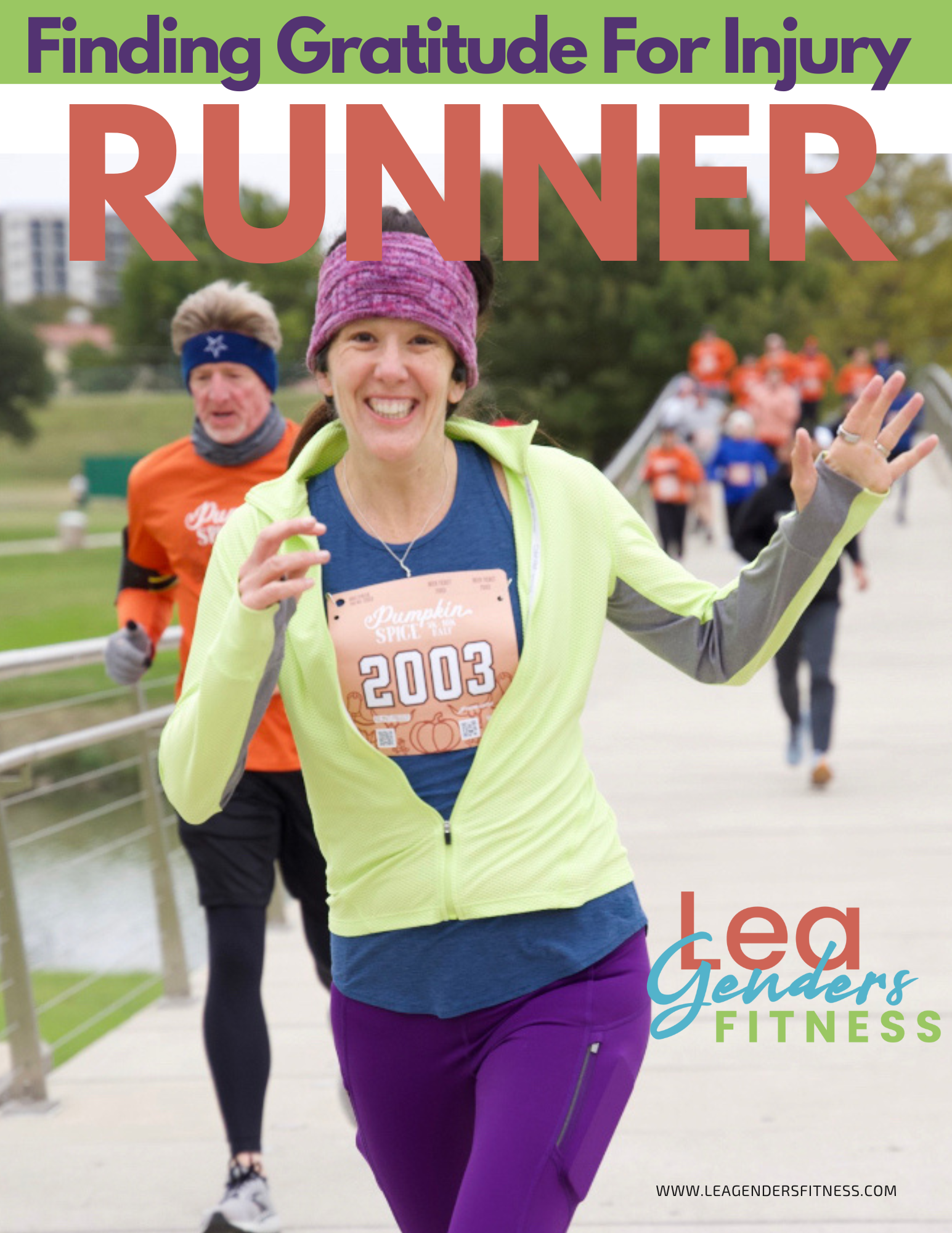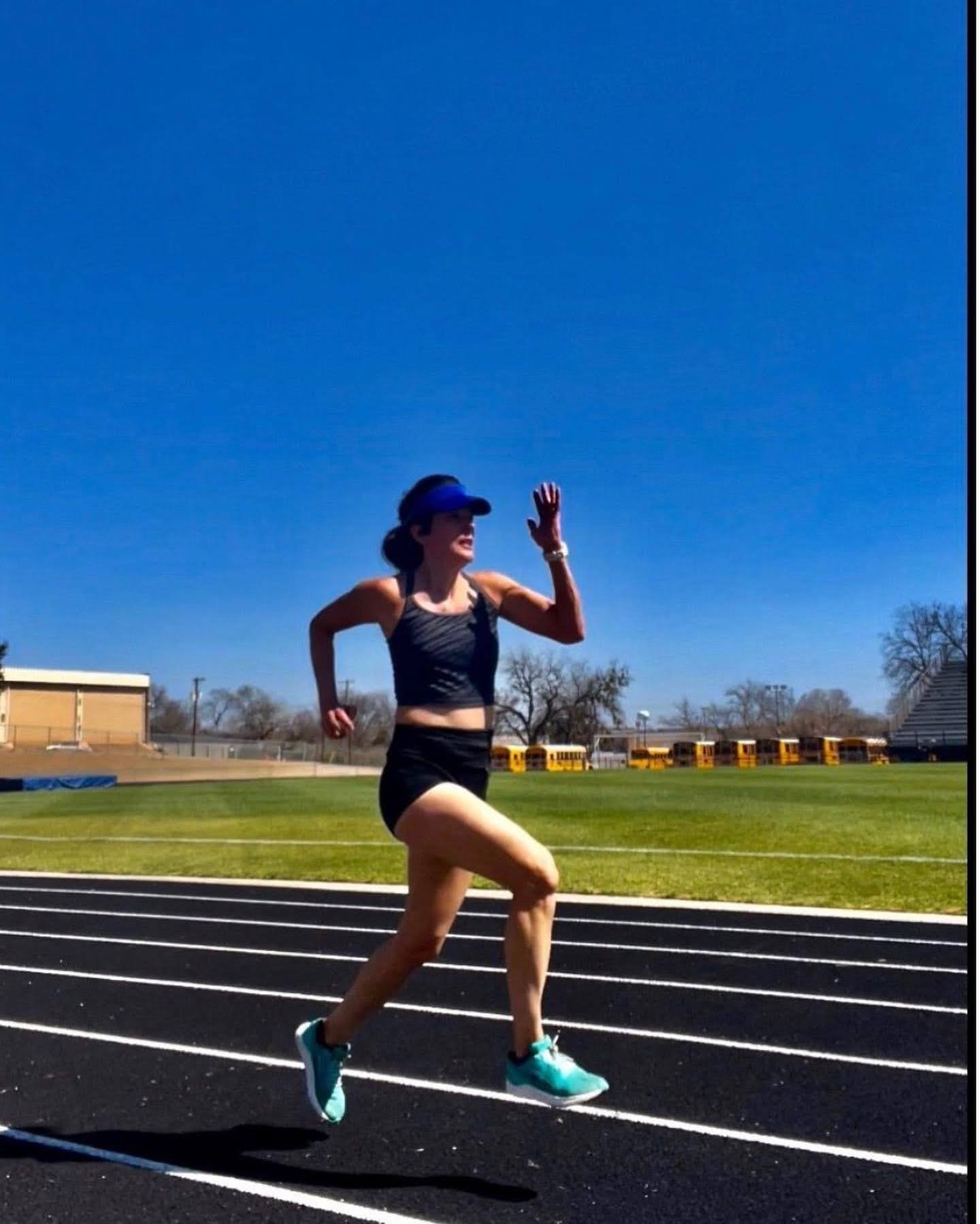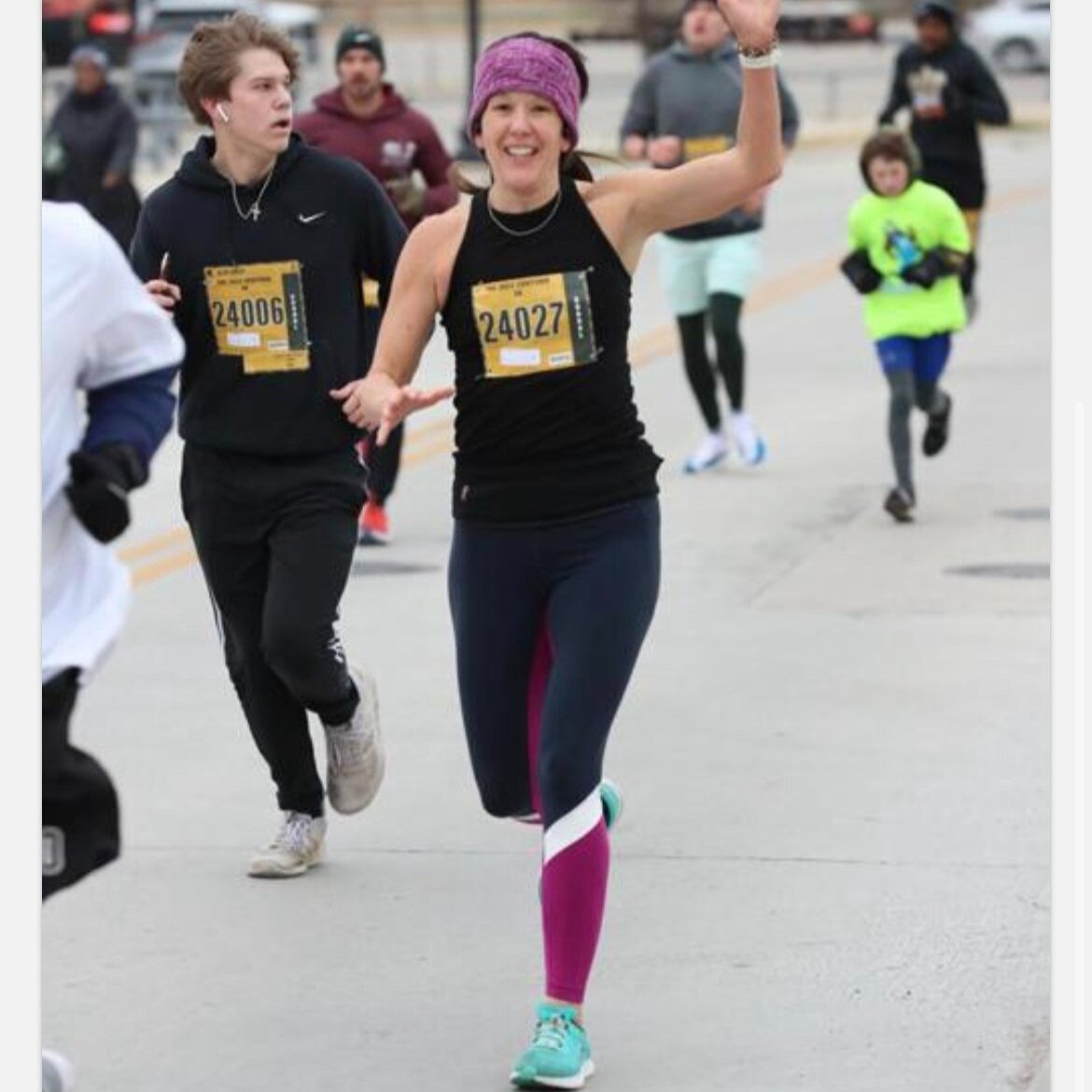I love the stability ball. Even though most people associate the stability ball with ab exercises, it is an extremely versatile piece of exercise equipment that can be used to strengthen the entire body while challenging your balance and core stability.
Stability ball training in the Shredshed
If you were to build a house you would start with the foundation. Before you start lifting heavy weights, it is best to build a strong foundation by working on balance and stabilization first. The stability ball will challenge your proprioception and help strengthen your stabilization muscles and joints by providing an unstable (but controllable) base.
Some of the benefits of balance and stabilization training are enhanced joint stability, increased flexibility, improved posture control, improved balance, stabilization, and coordination.
Full body stability ball circuit #1
Perform each exercise for 12-15 reps before moving on to the next exercise with little or no rest. Repeat the circuit three times, resting for up to one minute between circuits.
Stability Ball Push-ups
Position the stability ball under your thighs and walk your hands out until you come into a high plank position with your shoulders directly over your hands and the ball under your shins. Bend your elbows to lower yourself down to perform a push-up. Repeat for 12-15 repetitions.
Hamstring Curls
Lie on your back and position the stability ball under your calves. Engage your abs and squeeze your glutes as you lift your hips off the ground into the starting position. Bend your knees and lift your hips to curl the ball towards your body using your hamstrings. Straighten your legs back out and repeat 12-15 repetitions without lowering your hips to the ground.
Stability Ball Transfer
Start by lying on your back with your arms and legs both fully extended hovering off the ground. Place the ball between your feet, extend your arms overhead and slightly raise your shoulders off the mat into a crunch.
Using your lower abs, lift the ball to the center. At the top, pass the ball into your hands. Lower your legs and lower your arms holding the ball overhead, so that the ball hovers over the floor, but doesn't touch. Crunch back up to pass the ball back to the legs to complete one full repetition. Complete 8-12 reps (or as many as you can complete, this is challenging!).
Once you complete three rounds of the first circuit, grab a quick water break and move on to the next circuit.
Stability Ball Circuit #2
Perform each exercise for 12-15 reps before moving on to the next exercise with little or no rest. Repeat the circuit three times, resting for up to one minute between circuits.
Ball Squats
Place the ball against a wall and position the ball in the small of your back. With your feet slightly wider than hip width, walk your feet forward. Lower yourself into a squat until your thighs are parallel to the floor, or as lower as your flexibility will allow. Be careful not to lean back into the ball, but to use it as a guide to lower yourself. Once in the low position, press through the heels, engage the glutes to push back up to standing. Repeat for 12-15 reps.
Ball Tucks
Position the stability ball under your thighs and walk your hands out until you come into a high plank position with your shoulders directly over your hands and the ball under your shins. Using your lower abs, pull your knees in towards your chest. Extend your legs back straight, engage your core and make sure not to lower the hips between reps. Repeat for 12-15 repetitions.
Ball Crunch
Position the stability ball under the small of your back. Place your hands behind your head (do not pull) and lift your shoulders and chest up into a crunch. Hold for 3 seconds in top position while engaging your entire core. Slowly lower down, slightly extending back over the ball. Repeat for 12-15 repetitions.
It's important to remember that while I am a personal trainer, I am not your personal trainer. Please consult with a medical professional before beginning a new workout program.
Do you own a stability ball? I'd love if you would give my circuits a try and let me know what you think!
Like this post? Please consider sharing.






